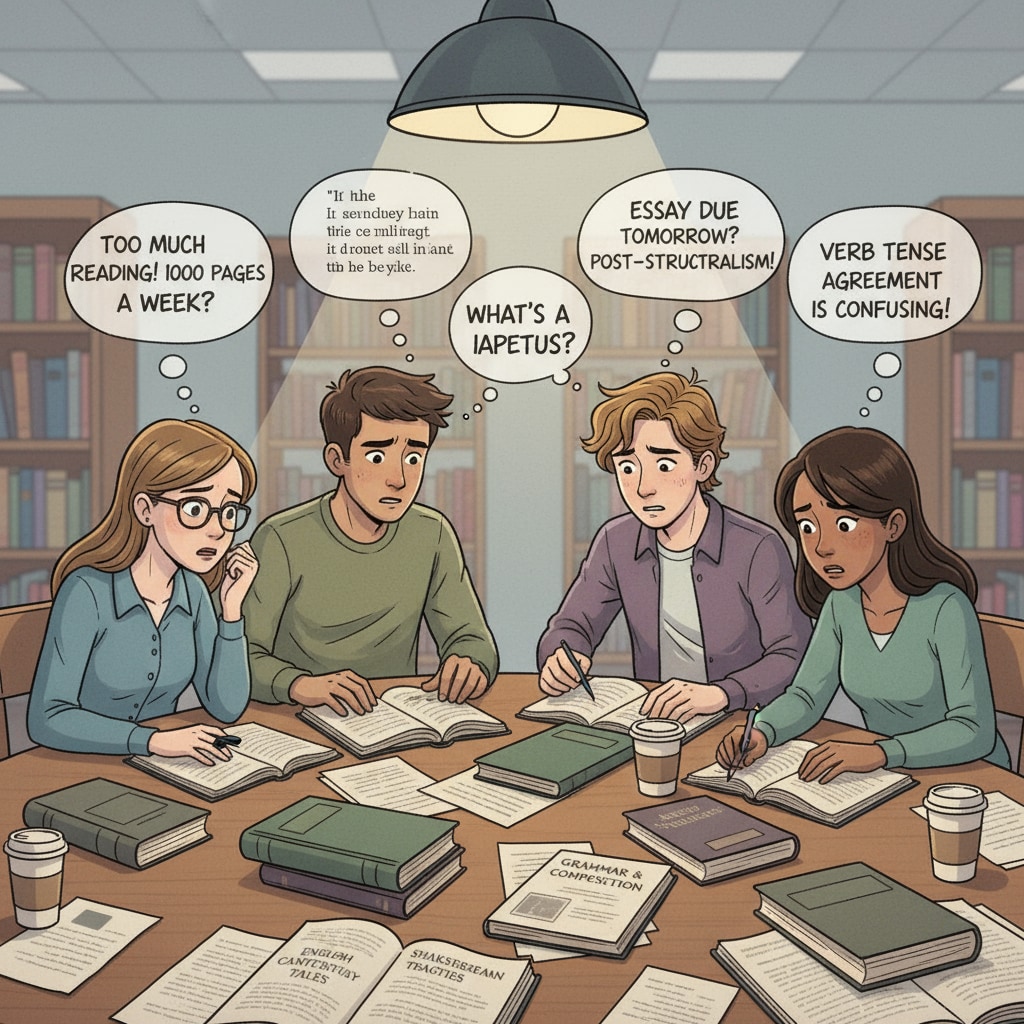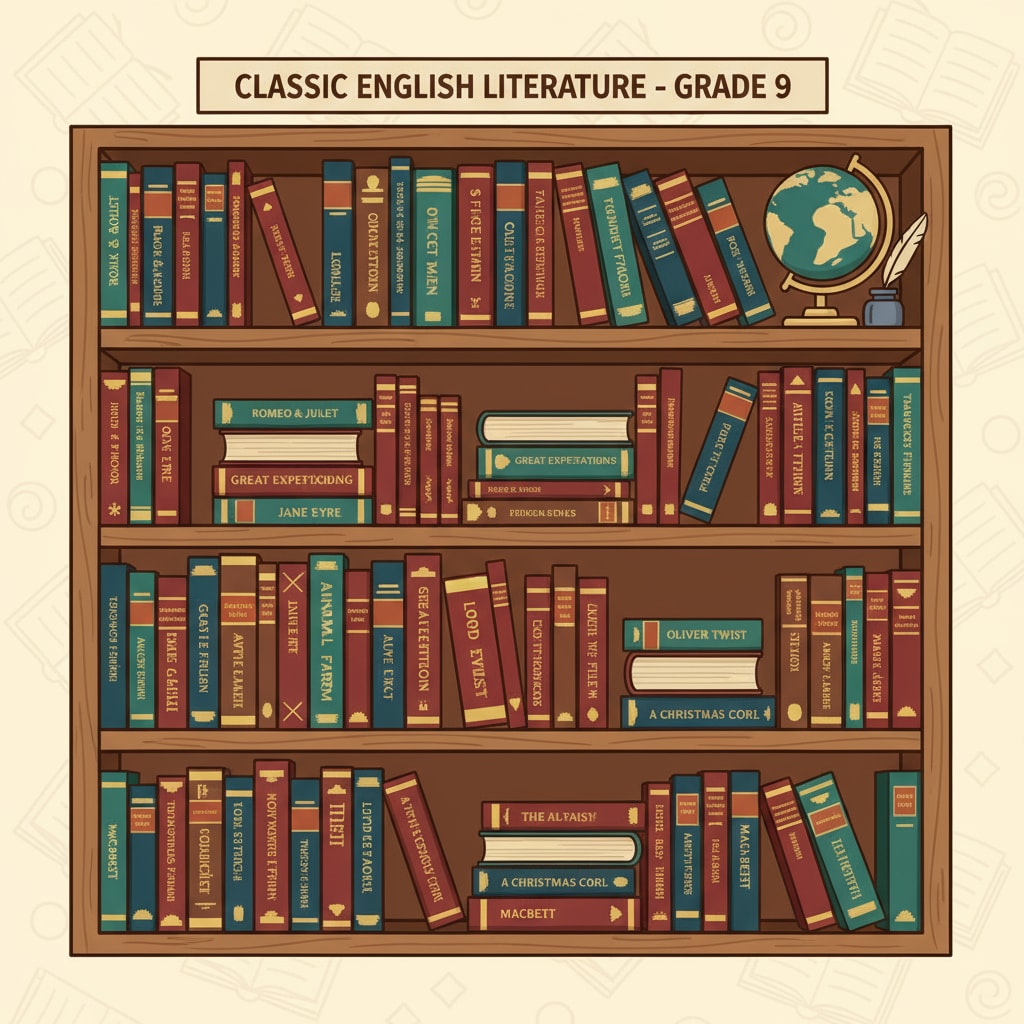English and literature courses, learning experiences often undergo significant transformations as students progress through their academic journey. In particular, the transition from Grade 8 to Grade 9 can be a challenging one for many students. The once engaging and accessible English and literature courses in Grade 8 seem to take a sharp turn in Grade 9, evolving from sources of interest into heavy burdens. This article will explore these changes, the reasons behind students’ dissatisfaction and concerns, and propose ways to help them navigate this transition smoothly.

The Abrupt Shift in Course Demands
The most evident change from Grade 8 to Grade 9 in English and literature courses is the sudden increase in difficulty. In Grade 8, the curriculum typically focuses on building a solid foundation in grammar, vocabulary, and basic reading comprehension. For example, students might be introduced to simple literary works with clear storylines. However, in Grade 9, the requirements leap to a whole new level. According to English language education on Britannica, the reading materials become more complex, featuring classic literature with intricate themes, archaic language, and multiple layers of symbolism. Writing assignments also shift from short, straightforward essays to more in-depth analytical pieces that demand a higher level of critical thinking.

Reasons for Students’ Dissatisfaction and Concerns
One of the main reasons students feel dissatisfied is the pressure of meeting the new, higher academic standards. The sudden influx of complex reading materials and challenging writing tasks can be overwhelming. Additionally, the teaching methods might not always adapt quickly enough to the changing needs of the students. Some educators may still rely on traditional teaching approaches, which might not effectively engage students in understanding the more profound aspects of literature. As a result, students find themselves struggling to keep up, leading to a decline in their interest and enthusiasm for the courses. Literature education on Wikipedia also points out that the lack of connection between the curriculum and students’ real-life experiences can make the learning process seem abstract and unappealing.
Readability guidance: As seen above, we break down the content into short paragraphs for better readability. We use lists when possible to present key points clearly. Transition words like ‘however’, ‘additionally’, ‘as a result’ are used to make the flow more natural.
Strategies for a Smooth Transition
Educators play a crucial role in helping students through this transition. They can start by adjusting their teaching methods. For instance, using multimedia resources such as movies, podcasts, and interactive online platforms can make the learning process more engaging. Teachers can also provide more scaffolding in writing assignments, guiding students step by step through the process of analysis and argumentation. Moreover, creating a supportive classroom environment where students feel comfortable expressing their difficulties and opinions is essential. Students, on the other hand, need to take an active role. They can form study groups to discuss challenging literary works, share ideas, and learn from each other. Regular reading outside of the classroom can also improve their reading speed and comprehension skills.
In conclusion, the shift in Grade 9 English and literature courses is a significant challenge for students. By understanding the reasons behind their dissatisfaction and concerns and implementing effective strategies, both educators and students can work together to turn this potentially difficult transition into a rewarding learning experience in English and literature courses and learning experiences.


